From Steel to Shine: A Beginner’s Guide to Metals & Surface Finishes for Home Storage Racks
Materials Matter: How Metal Types and Finishes Impact Your Bathroom & Kitchen Storage Racks
PRODUCT KNOWLEDGE
Koitor
7/17/20253 min read
Introduction
Choosing the right metal and finish for bathroom and kitchen storage racks isn’t just about looks—it’s about durability, resistance to corrosion, and end‑user satisfaction. In this guide, you’ll learn the properties of common metals, explore key surface treatments, and discover how to match materials and finishes to real‑world applications. We’ve paired each section with vivid images to help visualize these concepts.

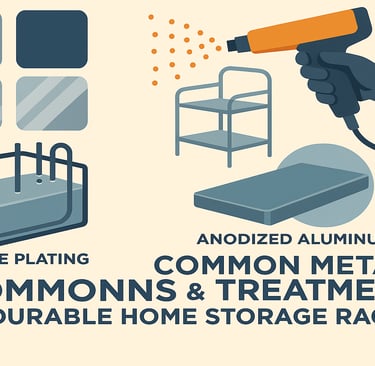
1. Common Metal Substrates
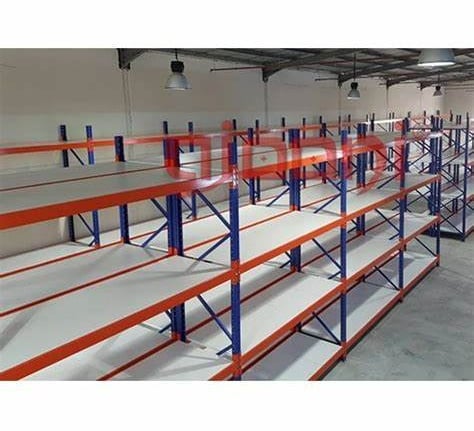

1.1 Mild Steel (Carbon Steel)
Properties: High strength, very cost‑effective.
Limitations: Prone to rust if left unprotected.
Typical Uses: Indoor storage racks, living‑room baskets.
1.2 Stainless Steel (Grades 304 & 316)
Properties: Excellent corrosion resistance, hygienic, low maintenance.
Limitations: Higher cost vs. mild steel.
Typical Uses: Bathroom towel racks, kitchen utensil holders.
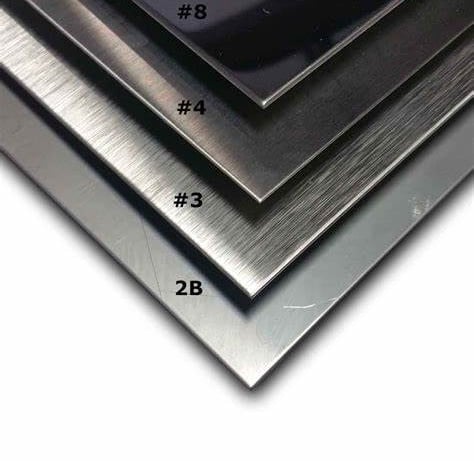

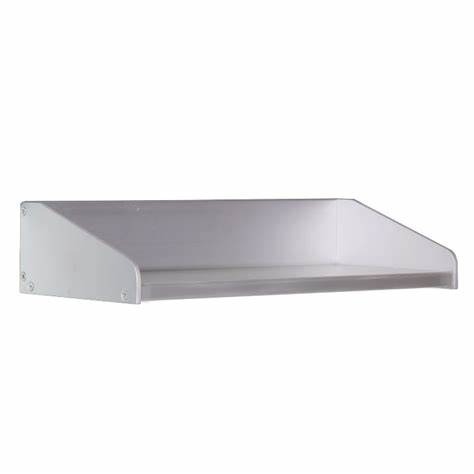

1.3 Aluminum
Properties: Lightweight, naturally corrosion‑proof, easy to work.
Limitations: Softer (can dent), less load capacity than steel.
Typical Uses: Shower caddies, adjustable shelving.
1.4 Brass & Zinc Alloy
Properties: Decorative appeal, warm tones, premium feel.
Limitations: Patina over time, cost premium.
Typical Uses: Accent hooks, luxury rack details.
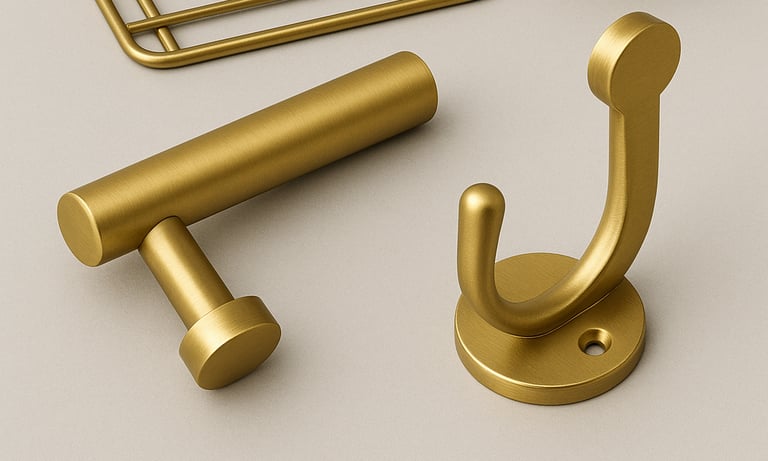

2.1 Powder Coating
Process: Electrostatic spraying of dry powder, then curing in an oven.
Benefits: Thick, uniform coverage; vast color options; excellent scratch resistance.
Ideal For: Mild‑steel racks in living areas and kitchens.
2.2 Electroplating
Process: Substrate immersed in metal‑ion bath; electric current deposits a thin metallic layer.
Common Coatings: Chrome, nickel, zinc.
Benefits: Bright, hard finish; fine detail.
Ideal For: Bathroom fixtures requiring sleek, reflective surfaces.
2.3 Anodizing (Aluminum Only)
Process: Controlled oxidation creating a thick oxide layer.
Benefits: Superior corrosion resistance; dyeable for decorative colors.
Ideal For: Outdoor applications or designer rail‑style shelving.
2.4 Galvanization
Process: Hot‑dip or electro‑galvanized zinc on steel.
Benefits: Heavy‑duty rust protection in harsh environments.
Ideal For: Outdoor/industrial storage racks.
2.5 Polishing & Brushing
Process: Mechanical abrasion with graded abrasives.
Benefits: Creates uniform directional grain (“brushed”) or mirror shine.
Ideal For: Stainless steel accent pieces and premium décor.
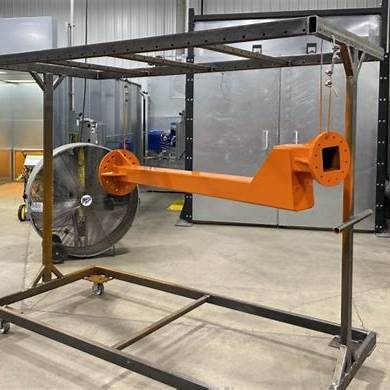

2. Key Surface Treatment Techniques
2.6 Painting & Lacquering
Process: Liquid paint or clear lacquer applied over plated brass or zinc.
Benefits: Adds color or protective clear coat to decorative metals.
Ideal For: High‑end accent racks where finish uniformity is key.
3. Matching Materials & Finishes to End‑Use
4. Quality Control & Buyer Checklist
Adhesion Test: Cross‑hatch tape test to verify coating bond.
Thickness Measurement: Use a coating‑thickness gauge (e.g., μm scale).
Corrosion Resistance: Salt‑spray testing specs (e.g., 96‑hour neutral salt fog).
Visual Inspection: Check for consistent color, texture, and edge coverage.
Certificates: Request material certificates (304 vs. 316 spec) and RoHS/CE compliance.
5. Conclusion & Next Steps
Selecting the ideal combination of metal and finish ensures that your home‑storage racks not only look great but also withstand daily wear, moisture, and handling. For new import‑buyer trainees, start by requesting small pilot samples in your chosen finish, perform the QC tests above, and review the visual and technical reports before scaling up.
Download Your Free “Materials & Finishes Cheat Sheet”
A printable one‑pager summarizing metal types, finishes, pros/cons, and QC tips—perfect for onboarding new buyers!
🏷️ Our Products
At Koitor Hardware, we specialize in providing custom, high-quality hardware solutions that are perfect for home organization. Each of our products is designed with both functionality and aesthetics in mind, ensuring they not only meet practical storage needs but also enhance the overall look of your space. As your trusted Chinese OEM partner, we offer a diverse range of tailored solutions to meet the unique demands of your business, from bathroom storage racks to kitchen organization systems and home accessories. Manufactured with precision and care, our products deliver durability, reliability, and efficiency.
Services
Get in Touch
simon@koitorhardware.com
Phone(Wechat):
+86-137-5033-6633
© 2025 Jiiangmen Koitor Hardware Co.,Ltd. All rights reserved.
Contact Us
Have questions or need a custom quote? Reach out to our team today!